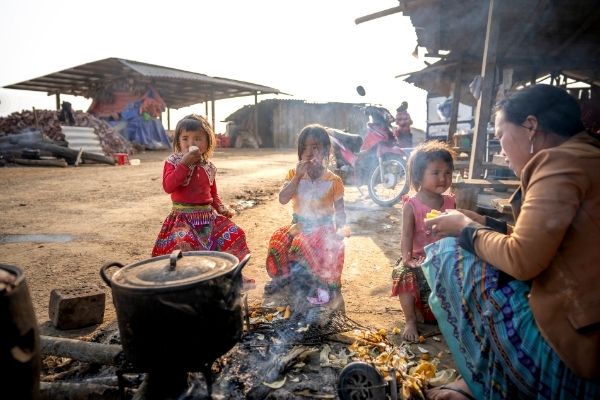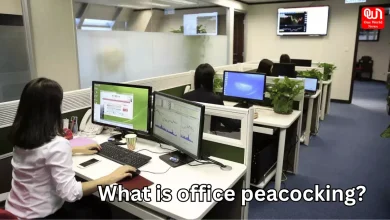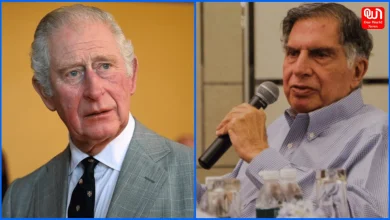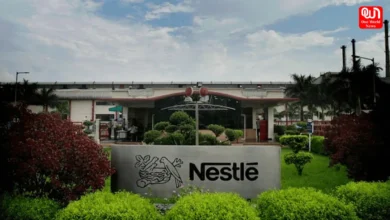
International Day for the Eradication of Poverty: Theme, Significance and stats
World Poverty Eradication Day or International Day for the Eradication of Poverty is observed on every 17th October with an aim to completely eradicate poverty from the world. Poverty isn’t just a financial issue, rather a multidimensional phenomenon that encompasses a lack of basic capabilities to live with dignity apart from the income.
The year 2020 marks the 32nd anniversary of the Call to Action by Father Joseph Wresinski, which inspired the declaration of this special day on 17th October by the General Assembly in 1992. The theme for 2020 is “Acting together to achieve social and environmental justice for all” to address the challenge of achieving social and environmental justice for all.
India has been battling poverty since independence and has been successful in uplifting millions from poverty.
How poverty is calculated?
Poverty statistics are controversial as it is very difficult to evolve a consensus around the data of poverty. The ratio of Poverty varies significantly, depending on what the cut-off is for classifying a poor from the non-poor. Also, there is a time lag in the statistics of poverty. India’s official poverty estimates are not available after the year 2011.
However, there are other alternatives to track absolute poverty rate and relative poverty rate in comparison with other countries. One such measure has been developed by Oxford Poverty and Human Development Initiative (OPHI), Oxford University, which releases the Multi-Dimensional Poverty Index (MPI) for 105 countries.
The Multi-Dimensional Poverty Index is a holistic measure that considers dimensions of living standards, education, health. MPI’s India results are based on the findings of NFHS (National Family and Health Survey) conducted by the Indian government.
People are designated poor if they are deprived in at least 1 of the 10 indicators across the dimensions of living standards, health and education.
Read more: 5 individuals or groups that can take your extra food and distribute among the underprivileged
India uplifted 270 million people from poverty
The recent report of OPHI says that India has been successful in uplifting more than 270 million people from poverty during 2005-2006 to 2015-2016. In the period of 10 years, per capita GDP of India grew to Rs 88,746 from Rs 38,750 and India became a lower-middle-income economy.
The report said that 55 per cent of Indians were classified as poor based on the methodology of MPI in 2005-2006. The percentage decreased to almost half in the given period. The total number of poor fell to 360 million from 630 million. The decrease in poverty is mainly driven through better availability of material goods such as sanitation facilities, cooking fuel and household assets. Improved nutrition has also contributed to the poverty reduction in India.
There is a large disparity in the poverty amongst the population across the country. The four poorest states – Madhya Pradesh, Jharkhand, Uttar Pradesh and Bihar comprise 196 million poor people. This is almost half of the total number of population across the country.
52.2 per cent of the Bihar population is classified as poor while the percentage is just 1.1 per cent in Kerala. The gap in poverty in the top and bottom state is huge and alarming. The report stated that poverty has decreased in every state, but the strike rate of decrease is greatest for the states that already have a lower poverty rate. Kerala showed a relative annualized decrease in poverty headcount of 22 per cent, highest in India in the period 2005-06 to 2015-16.
Although, the reduction rate is remarkable, there are some worrying trends in the country. More than 34 per cent of the population who are classified as poor are children. Childhood deprivation can lead to adverse implications to their adulthood. Another problem is the gap between the top state in poverty and bottom state in poverty. If the situation is not addressed it might result in regional inequalities.
How did the government do it?
Basic services have been provided at a subsidized price- be it food, water, electricity, health, or transport to the below poverty line families to help them save money. Various incentives are given to students in government schools along with food to encourage them to become literate and earn a better living.
The economy of the country has grown drastically in the last decade or so which has helped the central and state government to launch several public-welfare schemes. There are about hundreds of schemes currently running in India. Atal Pension Yojana, Unnat Jeevan by Affordable LEDs and Appliances for all (UJALA), Central Government Health Scheme, Deendayal Disabled Rehabilitation Scheme, MNREGA, Deen Dayal Upadhyay Grameen Kaushal Yojana, Digital India, Gramin Bhandaran Yojana, Integrated Child Development Services, Antyodaya Yojana, Balika Vidyalaya, Mid-day meal scheme, Nation Literacy Mission Programme, National Pension Scheme, Pradhan Mantri Adarsh Gram Yojana, Pradhan Mantri Jeevan Jyoti Beema Yojana, Jan Dhan Yojana, Pradhan Mantri Gram Sadak Yojana, Rajiv Awas Yojana, National Health Mission, Pradhan Mantri Awas Yojana, Pradhan Mantri Kaushal Vikas Yojana, Startup India, Ayushman Bharat Yojana, Swamitva Yojana, Garib Kalyan Rojgar Abhiyan and many more.
Have a news story, an interesting write-up or simply a suggestion? Write to us at info@oneworldnews.com








